computer-controlled machining
This week assignment is about making something big, bigger than a chair. For this week I decided to do something big, but related with my final project: a big heel! It could be used like a little table! It could be fun and a good experiment of cutting! But finally I decided to make a furniture for the FabLab Cascina: a Fab-BAR!
Designing the Fab-BAR
It was the first design of a furniture, so I think to use a template of Sketchup for carpentry. The problem of the new version of Sketchp was to export in .dxf files, because with this new version is not easily. I had to download a plug-in.

Cutting process
Starting the cutting process I used a piece of this material: oriented strand board (OSB), measuring 260x62 cm. And the CAM software was CamBam. CamBam is an application to create CAM files (gcode) from CAD source files or its own internal geometry editor.allows to define many passes, in a similar way of what I already experienced on the Modela Player. The workflow then allows to export everything to GCode, in this case run by LinuxCNC software controlling the actual Mecatronic CNC machine.
CamBam currently supports the following:
- Reading from and writing to 2D DXF files.
- 2.5D profiling machine operations with auto-tab support
- 2.5D pocketing operations with auto island detection
- Drilling (Normal,Peck,Spiral Milling and Custom Scripts)
- Engraving
- True Type Font (TTF) text manipulation and outline (glyph) extraction.
- Conversion of bitmaps to heightmaps
- 3D geometry import from STL, 3DS and RAW files
- 3D waterline and scanline machining operations
- Extendable through user written plugins and scripts
Before starting the cutting plan, the machine z-axis needed to be zeroed, as usually done with most of CNC. In order to do that a small bit of metal was used to give a fixed height to the axis. All of this process was monitored by the LinuxCNC controller. It was necessary set up the machine, with the material profile, and then the tools profile. Tool: flute 12 mm I used two profiles: pocketing and cut with tabs.
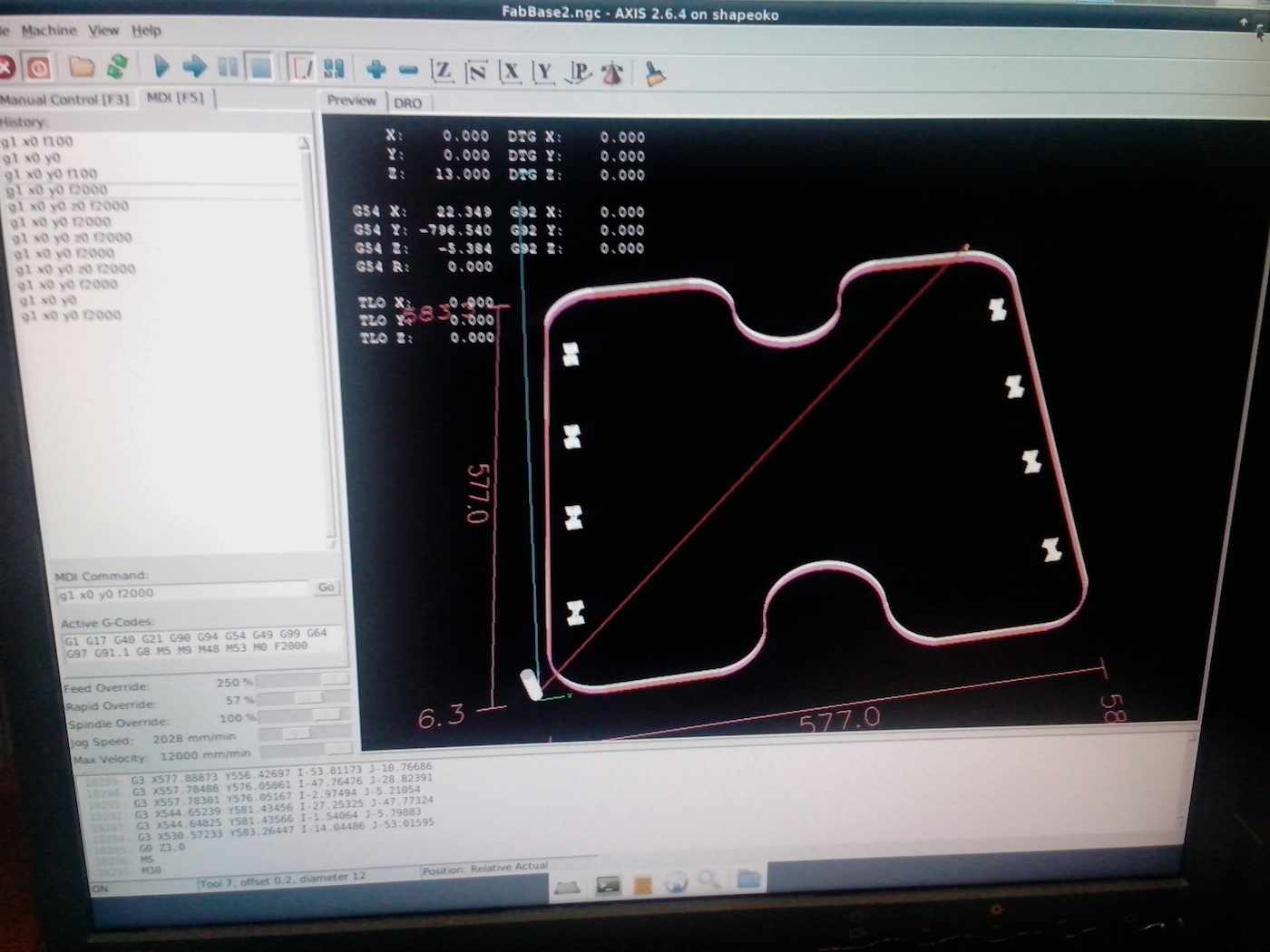

It run the cam process..
Overall the process was quite smooth, and lasted around one hour. At the end the piece wouldn’t be detaching from the table, thus a new pass was needed for doing so.
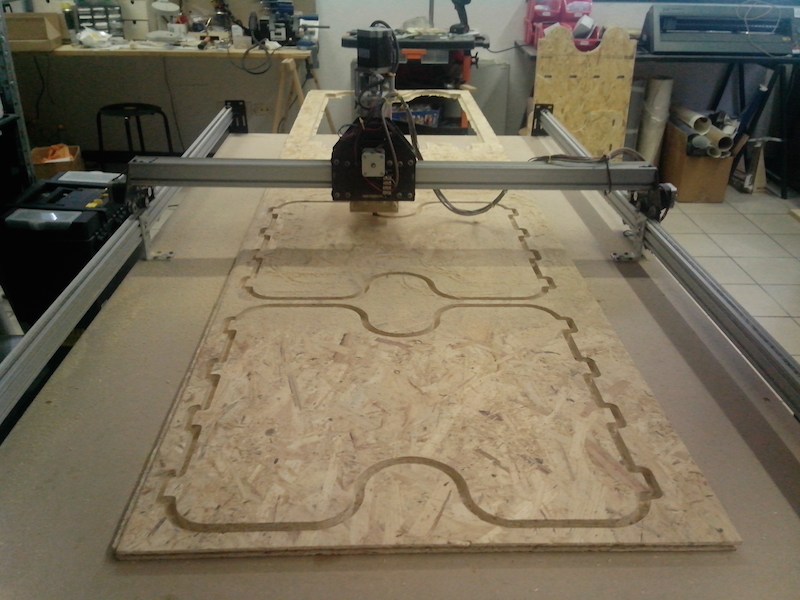

Something wrong
The worst problem was that the base was little, and it required a good two hours of designing and cutting another base. So I decided to change the joint, because I saw that it not much stable. If I had used a few more hours of milling time and making a smaller prototype probably this wouldn’t have been necessary. But It was the occasion to try the joint that are named “dog bones”. These joint are better because It not permitesth the piece moving.

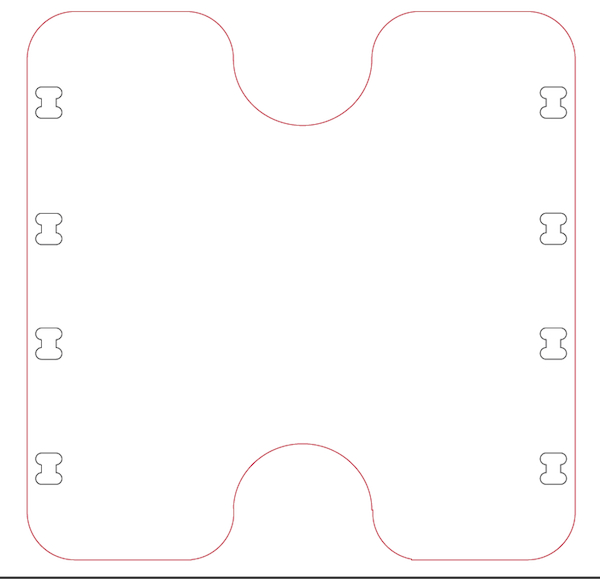
Conclusions
After the milling session I completely the Fab-Bar furniture and assembly the parts as I could. My plan is now to spray paint it the written and to make another boxes to complement.
Overall the making something big experience was very rewarding. Pity I don’t have access every day to such a powerful machine! On the other side this assignment pushes me even more on the project of building another furniture with different design and different tipology of wood, in the future.
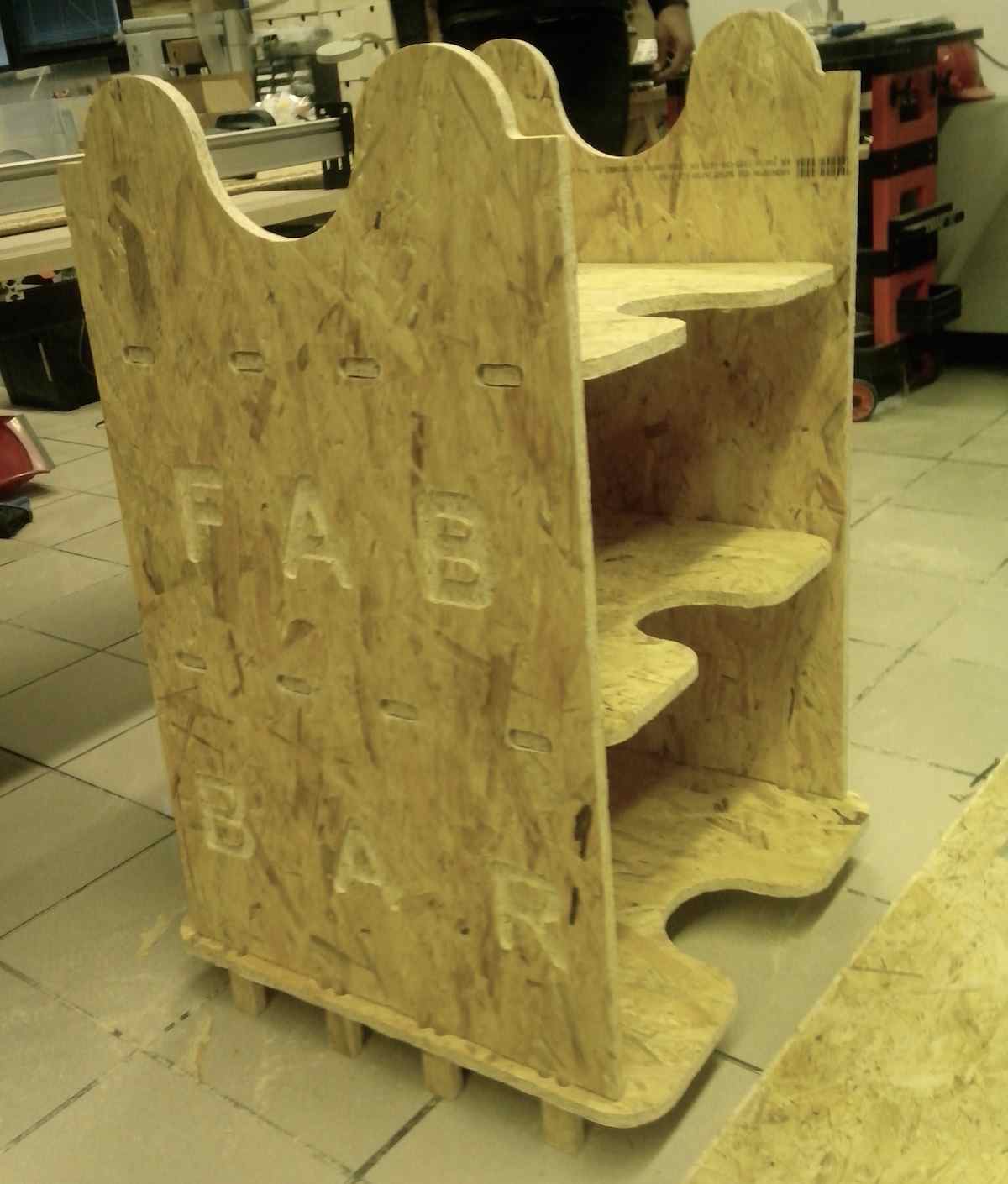
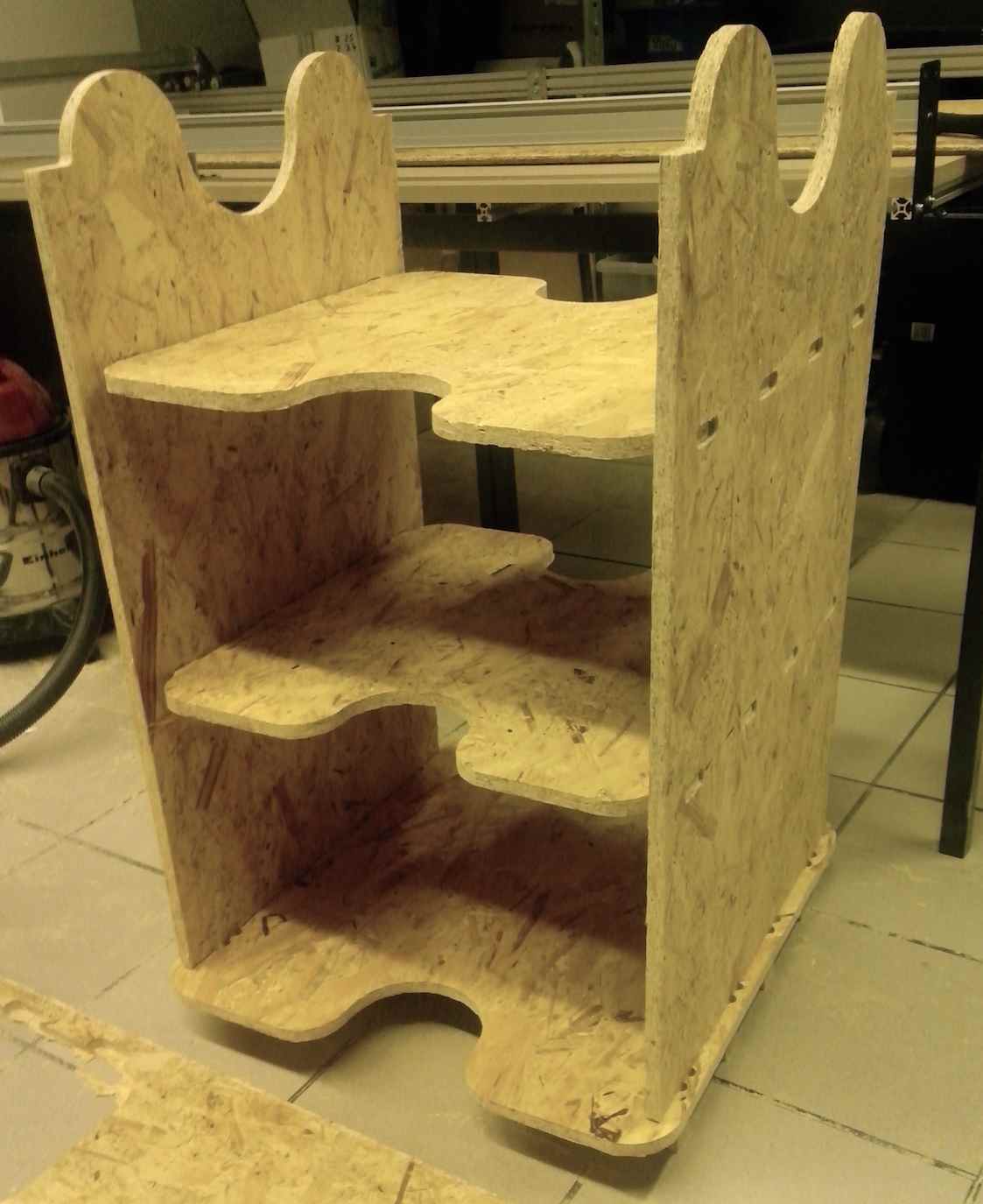
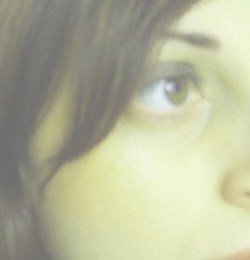 Francesca Mereu
Francesca Mereu